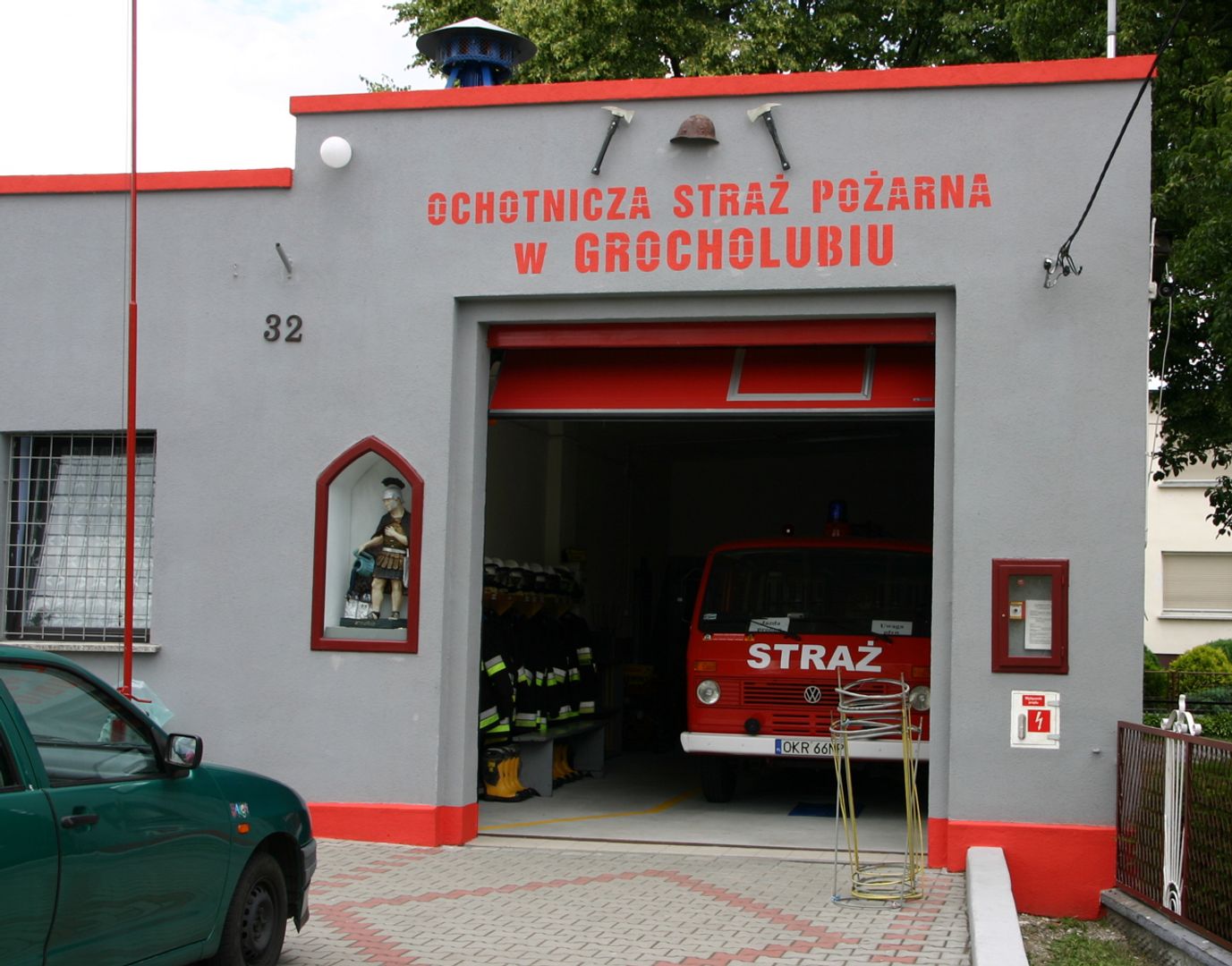Grocholub
6.09

Overview
Grocholub is a village located in the Opole Voivodeship, within Krapkowice County, in the administrative district of Gmina Walce. Historically, it lies in Upper Silesia. It was first mentioned in a document from 1228 as "Groholuba." The village covers an area of 7.04 km² and is home to 7% of the gmina's population. Throughout its history, the local economy has played a significant role, including sheep farming and the operation of a school established in 1842. The population of Grocholub fluctuated during the 20th century, reaching 507 inhabitants in 1910. A notable feature is the monument commemorating the villagers who died in World War I, as well as events related to World War II, during which the village witnessed many dramatic incidents.
From an architectural perspective, Grocholub has retained its rural layout and preserves several interesting structures, such as a 19th-century forge, a residential building from 1873, and a school from the late 19th century, which now serves as a community center. Additionally, on Opolska Street, there is a 19th-century chapel-belfry and a monument to the victims of World War I from 1922. The village is connected to the regional culture through the activities of the Volunteer Fire Department (OSP) and the Agricultural Production Cooperative, as well as a local store. Grocholub belongs to the Roman Catholic parish in Walce, highlighting the religious dimension of the community.
Grocholub is also home to a unit of the Volunteer Fire Department, established in 1921, and the village falls under the jurisdiction of the local police precinct. Nowadays, the village also has tourist potential, benefiting from the offerings of the Polish Tourist and Sightseeing Society (PTTK), which has established the Tourist Sightseeing Badge of the Prudnik Land. A notable person associated with Grocholub is Adolf Baron, the mayor of Krapkowice, born in 1866. Despite difficult past events, the village remains an active point on the regional map, combining its rich history with modernity.
Location
2025 Wizytor | All Rights Reserved